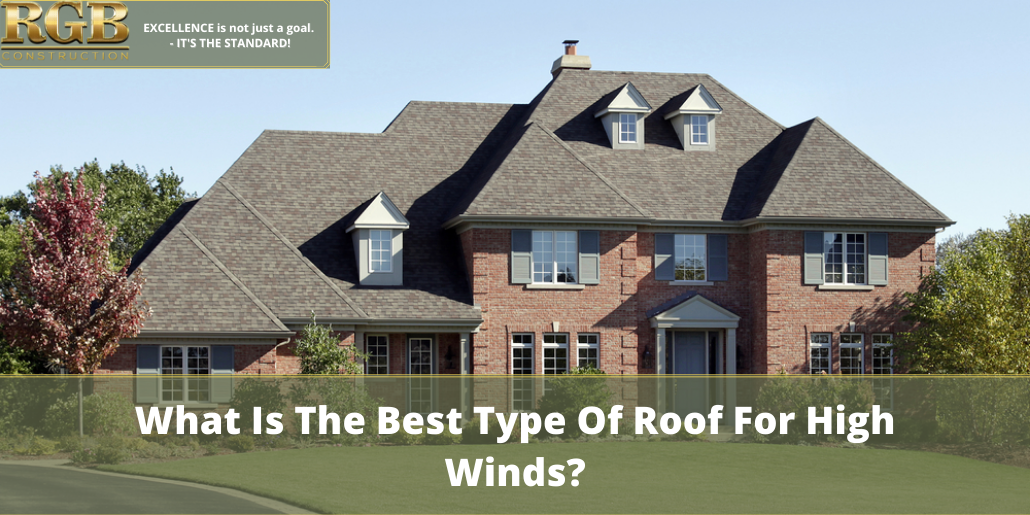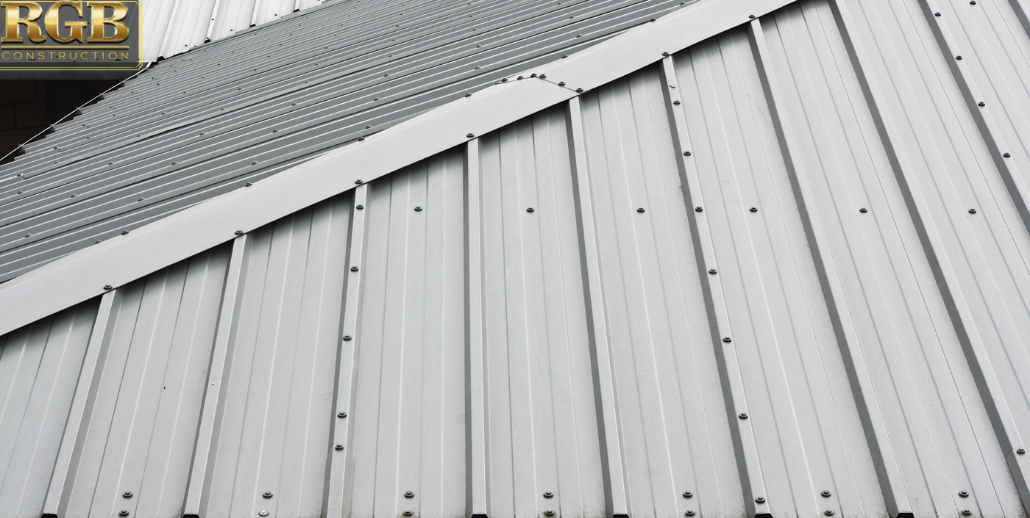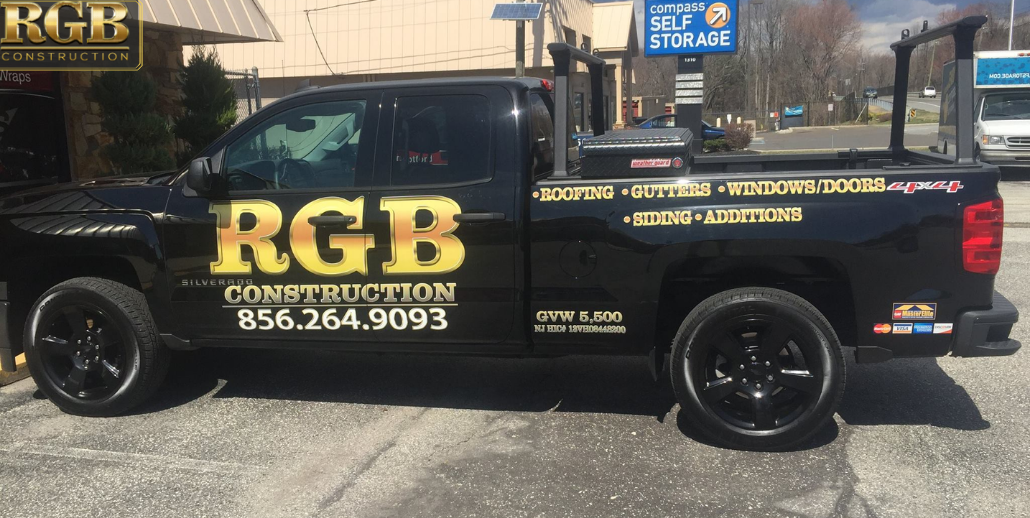When you seriously need a roof that withstands high winds, it’s a good idea to do some research on what works in the area where you live. If you have high winds, hail and even heavy rains on a pretty consistent basis, you want a roof that is both protective and able to withstand severe weather. That all leads to finding solutions for the perfect roof. What is the best type of roof for high winds?
Finding The Best Roof Material
You want the best in roofing materials that thwart severe winds. There are roofing materials that can take high winds better than others. There are three roofing materials that are resistant to high winds. They include metal panels, concrete tiles and asphalt shingles.
Other roof coverings that deter high winds are clay and slate tiles. This is because of their heaviness, but concrete tiles are more durable and longer-lasting than clay. Slate tiles are also heavy and rigid, plus they offer low visibility and are an eco-friendly option, which appeals to many people. They are more costly than the other options and have less resistance to wind. Though wind damage can affect slate tiles, they won’t suffer the damage of lighter composition asphalt shingles.
With both clay and concrete roofing materials, proper installation is the key to their compatibility with high-powered storms but with the wind and rain that comes with hurricanes, either may not prevail so well. With the number of tiles on a roof, whether clay or concrete and any previous damage to them by wind or rain, a roof may still lose tiles and sustain irreparable damage with the next major storm. Consider the idea of regular roof inspections to reveal any roofing issues before the next big storm hits.
For intense winds, you want a roofing material that will diminish the chance of uplift that comes from high winds and torrential rain that are both driven up and under the shingles of a roof. That usually results in shingles that warp and ultimately fall away from a roof. You want is a roofing material that will minimize uplift and that roofing material is metal.
Metal Roofs
A metal roof can withstand high winds of 140 miles per hour and gusts up to 160 to 180 miles per hour. Recent hurricane reports testify to the fact that homes with metal roofs remained intact while others were obliterated.
Metal roofing, especially copper and zinc, lasts for many years and even longer. You can limit upkeep for a metal roof and it’s resistant to wind and storms. In any area where wind and rain are frequent visitors, metal roofs are a welcome roof covering. You also eliminate corrosion and rust which makes metal an enduring roof material, and it remains in good shape throughout the years.
Though metal isn’t the most attractive of roof coverings, it’s one of the safest, strongest, and most secure roofing materials available. If you are living in a high-risk area for heavy winds and rain and go through tropical storm seasons, a metal roof is the answer to your roofing problems.
With how manufacturers and contractors put together metal roofs, you’ll find that resistance to the wind is a big part of the manufacturing process. The roofing panels both interconnect and overlap when you affix them to the underlayment of a metal roof. With proper installation, by qualified roofing contractors, you want the panels put together tightly so any wind from storms cannot get underneath the panels and lift the roof in an upward motion. To gain the best in resistance to wind, select a metal roof that has panel fasteners that are concealed with a four-way interlocking design.
Though metal roofing systems are more costly than cheaper shingles, they do last longer and are more durable than shingles and other kinds of roofing systems. If lower cost is part of your budget, asphalt shingles do offer wind resistance when you choose shingles that have a high rating for wind resistance. For high winds and protection from tornadoes, you’ll want to choose asphalt shingles that are class H and made to endure winds of 150 miles per hour.
Metal Is The Better Choice
In looking at all the roofing material possibilities that are resistant to high winds, metal once again offers the best in strength, durability and resistance to major storms. Its physical form of large sheets or panels, as opposed to small tiles or shingles, simply performs the best in storm conditions and most roofing contractors agree with its performance. Whether it’s copper, aluminum or zinc, all of them have similar features that help a roof weather high winds during a severe storm. The panels that interlock and the interlocking methods of construction, along with installation procedures, stop high winds and rain from making their way to the underside of the panels.
Preventing wind or rain from penetrating this area is what you want in a roof covering. The process will prevent a roof from disintegrating during high winds and heavy rain. Also, unlike different roofing materials, metal roofing doesn’t involve the usage of adhesives, as it only uses mechanical fasteners. You don’t have to worry about the aging, erosion or washing away of adhesives that you find with asphalt shingles that can become loose and blow away.
Let Us Help
When you choose metal for a roof covering, you can’t go wrong with its effectiveness with wind and major storms. Whatever material you choose, take into consideration the weather patterns that are part of the area where you live. If major storms with heavy wind and rain are part of it, you’ll seriously want to consider using metal roofing as a safeguard for you and your family. If you have further questions about metal roofing, contact RGB Construction at 856-264-9093. We’d be happy to answer questions about metal roofing and provide you with advice concerning roof inspections and upkeep of your roof to guard against any severe storms in the future.









